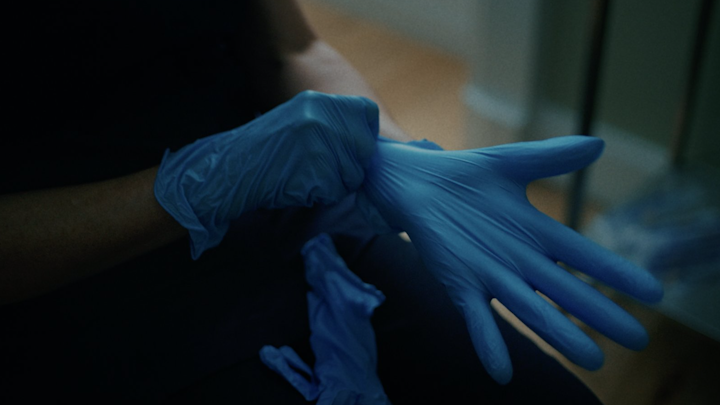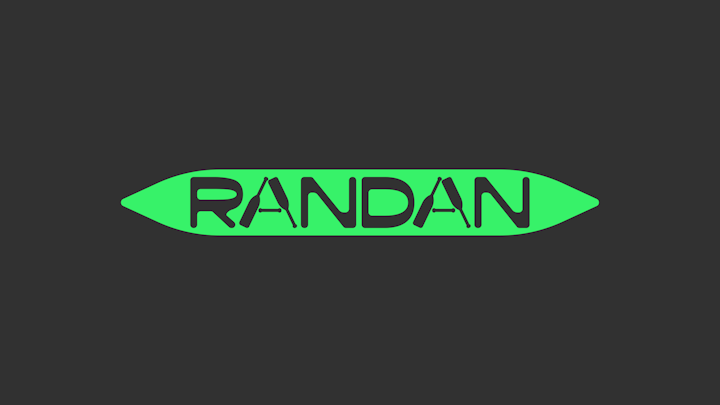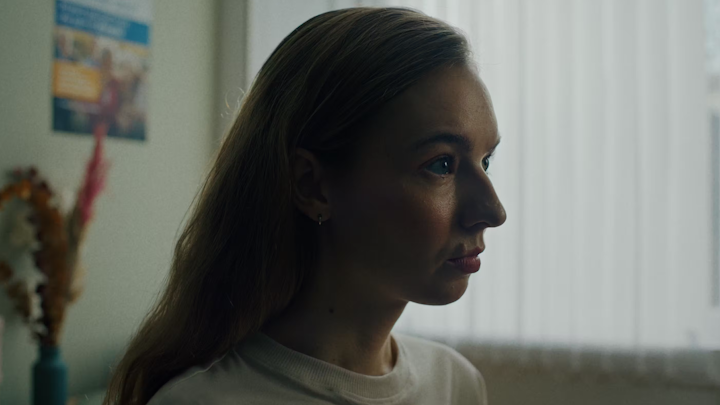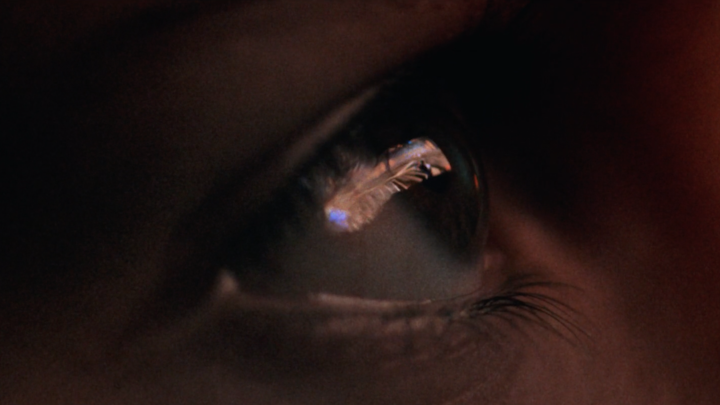MTP Goes Large Format
As a production company, MTP has always prioritised the vision of our directorial talent, artists who can elevate a script to be the absolute best it can be, backed up by a team of experienced producers who know how to achieve their intentions without compromise. This tenet extends to our style of production service. We are always excited to work with directors who have command over intricate detail and a passion for filmmaking. Our own experience working with the best service companies around the globe advises how we operate as one ourselves.
We also understand that there is no art without craft, which is why MTP are always striving to stay at the forefront of technical artistry. Recently, MTP upgraded from our Alexa SXT to the brand new Alexa Mini LF. The Mini LF is the latest camera in Arri’s line-up and is arguably the most sought after digital cinema camera in the world at the moment. The camera was used to shoot Denis Villeneuve’s upcoming Dune, Sam Mendes’ WWII epic 1917 and both seasons of the immensely popular Star Wars series The Mandalorian.
But what is a large format sensor? How is it different from the Super 35mm standard most films are still shot with? What does it mean for the look of productions shot with the LF? Here are some interesting bits!
1. Resolution
The primary appeal surrounding this latest Alexa model is the inclusion of Arri’s brand new large format sensor, the ALEV III A2X, which is composed of two of Arri’s coveted ALEV III sensors but flipped 90 degrees to sit side by side. While more sensor doesn’t always equal more resolution, the Mini LF is an IMAX and Netflix approved camera system capable of shooting at greater resolutions than most Super 35 cameras. The higher capture resolution of the LF means there’s more room for stabilising and reframing in post, it is also a massive bonus for visual effects departments as it makes for cleaner chroma-keying and a variety of other tasks - your VFX supervisors will always be thankful for the extra pixels! Delivery specs higher than HD? The Mini LF will more than cover you as a capture medium for any modern deliverable standards. While we’re talking about deliveries, why don’t you check out our new post production capabilities here.
2. The Large Format Look
There are a few key differences in the aesthetics of large format imagery compared to Super 35. Large Format lenses yield a much higher field of view on equivalent focal lengths. This means if you’re shooting an epic mountain vista on a large format 32mm lens the environment will look huge compared to a Super 35 32mm. The larger image plane of LF means that wide shots don’t have any of the distortion found in S35 cameras where the lenses are manufactured with optical tricks to achieve the higher field of view.
The larger sensor also makes a big difference to the depth of field. Shooting at shallower stops yields a particularly pleasing roll-off in focus, making intimate close-ups all the more powerful.
3. Small Form Factor
The small form-factor Mini’s body weighs around 5lbs and is light enough to rig on drones, gimbals and pretty much any available camera platform, allowing directors to place and move the camera in ways that would otherwise either be impossible or demand costly grip solutions. A prime example of this camera’s capabilities can be seen in Sam Mendes’ 1917 shot by Roger Deakins on the Mini LF. The small and light form factor of the system allowed the camera team to move the system from cranes to Gimbals to AR Steadicam rigs seamlessly mid-take, from epic outdoor areas down into dark trenches and tunnels.
4. Dynamic Range
A benefit of having two sensors and around twice the number of photosites? The larger sensor means there are more stops of usable dynamic range as you go to higher sensitivities, and because of the dual gain architecture of the camera, it also means more signal and less noise than you would normally have to worry about as you push to those higher ASA values too. This means if you are shooting in a dimly lit cafe and there is a white van being hit by direct sunlight outside the window in the background it won’t be blown out and there will still be plenty of usable detail for your colourist to pull back in post!
But the question on all of your minds is - “Have MTP just bought the most expensive cube in the world?”. The answer is no! According to WikiCube, this is the most expensive cube in the world, but we think ours is a lot more useful so we’re still pretty happy with second place in this instance. We’re also very excited to shoot some great and beautiful films with it, so do get in touch if you’ve got any enquiries about our camera systems or facilities!





